Many years ago when this blog sputtered into some sort of life (it’s still sputtering I think), its primary raison d’etre was as an outlet for my thoughts on bikes and cycling, sea & surf kayaking. There has been precious little of the ‘sea’ of late, and while there’s been plenty of cycling, there have been few words about actual bicycles recently; the last being almost 4 years ago on the vastly more popular than expected topic of my old Cross Check. The reason largely being that I appear to have reached a comfortable cycling middle-age of trusty old favourites, one in which I’m largely uninterested in what is going on in the bicycle manufacturer arms race.
It is said that life is a journey, and I think, so is cycling, in a metaphorical sense; at least it has been for me. While spinning through the lanes recently I found myself reflecting on the past couple of decades of riding in particular, since I started using a fixed wheel for winter training, with it being no coincidence that I was on a fixed gear bike at the time. I also remembered that a while ago (a few years in reality…) a commenter suggested I try and explain why I like a fixed wheel so much, something I could never be bothered to do as it would mostly entail writing about myself…. and mostly I struggle to imagine why that could ever be a good thing (apologies in advance for what follows..). However, today the weather is appalling, I’ve got some sort of coughy thing going on, and I decided it might be a fun exercise to dig out a few photographs and memories for anyone that can be bothered, and in the absence of current cycling stories beyond yet another sopping wet and muddy outing in the Cornish winter. It might turn out to be an opportunity to share some experiences perhaps, and put to bed a few persistent myths around fixed wheel riding. It has also been a significant number of years since the “fixie” craze of the noughties and early 2010s fizzled and died so I feel it may be safe to mumble on about it now…
..especially important to me in maintaining a healthy balance of mind, is the meditative quality of riding a bicycle with no gears and no freewheel… My legs, I find, can be mostly left to their own devices, aside from the occasional demand to be fed, while the main thread of my mind sorts through the detritus of my thoughts largely uninterrupted. If I were software I would have a mostly autonomous subroutine called “legs”…
As for just why I love to spend so much time on a fixed wheel, particularly in the hills of Cornwall, it’s not an especially straightforward answer beyond “I just do”. The reasons range from the brilliance of a super-low maintenance bike for grinding out lots of winter training miles in filthy conditions, the strength, and fitness it imparts, the sheer addictiveness that I think comes from the simplicity of it, the way a fixed wheel bike can represent the perfect distillation of “bicycle”.. everything you need and nothing you don’t, the wonderfully meditative quality of rides, and of course the sheer “what the f**k” rabbit in a headlight looks on the faces of other riders as one wafts smoothly past, apparently effortless, when the legs are good, up the climbs…. ;-)
Since stopping racing altogether and fully embracing an altogether more “just for heck of it” flavour of riding there is no longer the imperative to train particularly, but old habits die hard and long winter Sunday crappy weather rides are still something that is very much a part of life that I like. Of course I suspect I’d prefer dusty trails given the choice; the choice is not available however so the traditional fixed wheel winter training bike is still relevant. Beyond the fitness aspects however, and especially important to me in maintaining a healthy balance of mind, is the meditative quality of riding a bicycle with no gears and no freewheel. There is nothing to interrupt the rhythm of the road – sometimes I’m pedalling quickly, sometimes I’m pedalling slowly – and the transitions between are smooth as the road rolls, climbs and descends. It’s a direct connection to the terrain that feels ‘right’. My legs, I find, can be mostly left to their own devices, aside from the occasional demand to be fed, while the main thread of my mind sorts through the detritus of my thoughts largely uninterrupted. If I were software I would have a mostly autonomous subroutine called “legs”… Deeply therapeutic.
These days, when it comes to what’s going on in the cycling world, I am a mostly disinterested, occasionally disgusted, observer, and yet my enjoyment of riding is as high as it has ever been. All thanks to a steel fixed wheel bicycle.
Amusingly, perhaps, my first experience of riding a fixed wheel 20 years ago was not quite so smooth and meditative as it is these days, and I might never have found myself in the place I am now, had it not been for the fact that cheap Shimano singlespeed freewheels are rubbish and suffer terribly during winter riding, the internals eventually rusting to failure. Looking for solutions to the maintenance overhead of lots of winter training miles, I’d convinced myself that a single gear would be OK for getting around in Cornwall’s hilly terrain so I picked up a Soma Rush track frame and built it up as a winter trainer, with a fixed cog on one side of the hub, and, thanks to nagging doubts, a freewheel on the other side. At the time I lived halfway up a steep hill and used to train before work. Having yet to master the knack of clipping into my pedals with the cranks spinning, 6am one cold, wet December morning saw me balancing against the railing outside my flat while I clipped in and thought about whether I was going to go up the hill, or down…. I went down… a whopper of a mistake. When I did make it the bottom, grateful to still be upright and in one piece, and thinking “sod this…”, I stopped and flipped the wheel around to the freewheel side and thought no more about it. That is until, a few months later, some 50km from home, the freewheel – exposed to relentless rain, mud, grit, and salt – failed. I was stranded…
The only way home for me was to flip the wheel back around to the fixed cog side. This time however, with a few miles of mostly just rolling roads in which I had no choice but to get to grips with it, by the time I arrived home I was fine with it.. although my legs were certainly not fine. Used to being able to happily handle hard 200km+ training rides on gears, 50km on that cog left my legs so wrecked I barely made the climb up the stairs to my flat. As with anything new however over the months and years my body adapted; I learned to let my legs ‘freewheel’ by themselves, I learned how to brake effectively, and instinctively, with my muscles, and became able to push bigger and bigger gears over ever greater distances. While the initial adaptation was quick, I still felt like I was learning and improving even some 10 years later, and these days when other cyclists I meet express horror at the idea of not having gears or freewheel amongst Cornwall’s hills, I can honestly say I don’t even think about it any more, and can easily, and happily keep up with my geared friends, and the local chaingang should I choose to join. That’s not to say it’s easy, it can be extremely hard work at times and not thinking about it really just means “dealing with it” but has doubtless made me a better cyclist.
Another reason it’s on my mind now perhaps, and something I’ve been meaning to write about for a while is that I credit that simple steel fixed wheel bike with helping me escape what has become something of a bicycle arms race with manufacturers, Instagram, Strava, and so on all creating a material vortex that sucks riders in and from which it’s increasingly hard to escape. I was in there once – at the time it seemed important and necessary to keep up with the latest new stuff. Two decades on of course the bicycle world is even more bonkers than it used to be with wireless electronic shifting and £1000 wheelsets being described by the cycling press as “a good budget option”. I very quickly discovered that of all the bikes I owned, including a decidedly exotic (at the time) carbon race bike, the one from which I derived the most pleasure was a simple steel thing I’d put together for about £150 worth of decent secondhand parts. These days, when it comes to what’s going on in the cycling world, I am a mostly disinterested, occasionally disgusted, observer, and yet my enjoyment of riding is as high as it has ever been. All thanks to a steel fixed wheel bicycle. I am not alone in this either, a couple of friends I used to race with, and who always had some exotic kit, have recently ditched the lot in favour of old steel frames with horizontal dropouts and a fixed cog. With no compatibility problems or derailleurs, freehubs, shifters, disc brakes etc to buy and maintain, it’s generally a cheap (ish) business and parts go from bike to bike to bike. Long may it continue.
A couple of words might be worthwhile on the misconceptions that people, perhaps understandably, do tend to have about riding a fixed wheel in the hills. “You’ll wreck your knees” is one particularly common refrain which is not entirely accurate but I suspect comes from people jumping on a fixed wheel for the first time, mashing too big a gear and all before they’ve learned to pedal properly, i.e. spinning smooth circles rather than, as many folk seem to do, stabbing the pedals downwards which as much force as possible. Riding a fixed wheel and braking with back pressure on the pedals uses all the muscles in the leg through the whole pedal stroke instead of just the forward power stroke. I used to suffer fairly regular knee trouble when riding solely on gears, but have not had a sniff of even the slightest niggle in the last 20 years despite turning some huge gears in hilly time trials. I started out with small gears, a 42T chainring & 18T cog for a 62″ gear. It was a bit “spinny” but allowed my muscles to adapt properly, stabilising my knees, before being faced with gears as tall as 57×13 while racing.
The other myth I hear or read reasonably regularly, and somewhat related, is the idea that it’s always necessary to “attack the hills”. It’s usually when I read something written by someone who doesn’t ride a fixed wheel regularly, a review in the cycling press for example, of such a bike, by someone more accustomed to riding gears. Of course sometimes a small steep bump is worthy of an “attacking effort” but what happens when the hill is, say, 2 miles long, 5 miles long, or 10 miles long…or you’re on a long, hilly ride; it’s not sustainable. Far more effective, I’ve found, is to work on developing a strong lower back and core, cultivating an effective and efficient seated climbing position with a measured effort, and working on pedalling technique. The human body is tremendously adaptable and while a cadence of around 100rpm might be considered the most efficient, there’s no reason, beyond lack of adaptation, why legs can’t provide the power necessary to climb at, say 50rpm. I find these days gradients up to around 12 or 13% I’m comfortable climbing seated, unless in a hurry or feeling ‘bouncy’, then up to around 17 or 18% is comfortable out of the saddle. Steeper than that I start worrying about snapping the chain or something so tend to try to find the minimum force that will get me up it, which probably looks somewhat odd to the observer. I’ve yet to be forced to dismount. Everyone is different I suppose, however this is what I do anyway and it works tremendously well for me and usually leaves my mates somewhat baffled as to what is going on as they wrestle with ever lower gears, often somewhere behind ;-)
I’m convinced that the greatest barrier to people trying out a fixed wheel in hilly terrain is a self-inflicted mental one. The number of people I meet out on the roads who say “oooh, you’re brave, I could never do that” is astonishing. I’d say 50% of the battle is the fear that hills will prove insurmountable, the rest is just turning the pedals… some fitness and some technique – both of those can be acquired. I’m asthmatic and was distinctly non-athletic at school, so if I can, anyone can…
And, as a final thought, and the answer I give when asked the question “why would you choose to ride a fixed wheel?”…. it makes me happy.
With that then, a few more bike pictures with memories to make the post look pretty then I’m off to think about dinner.
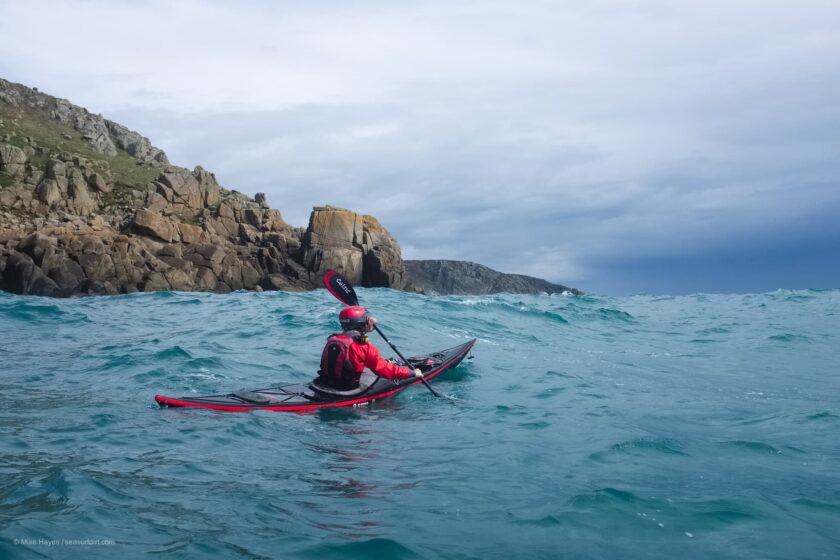
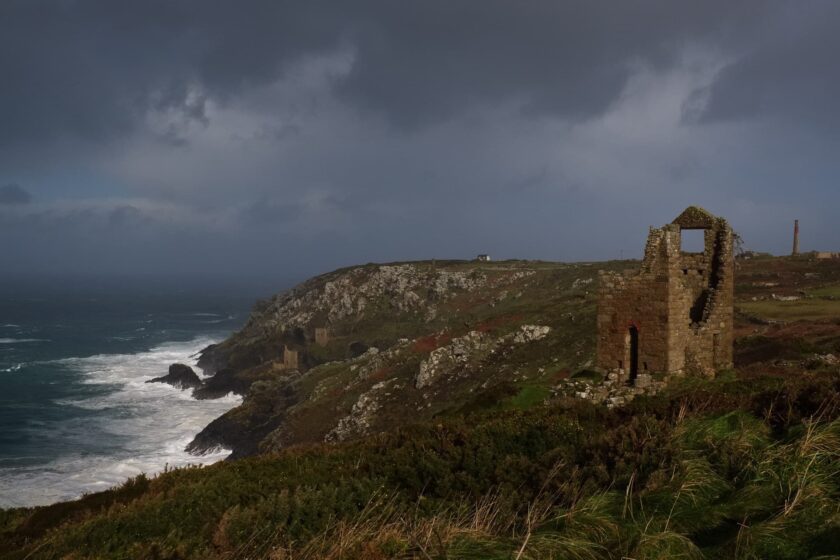
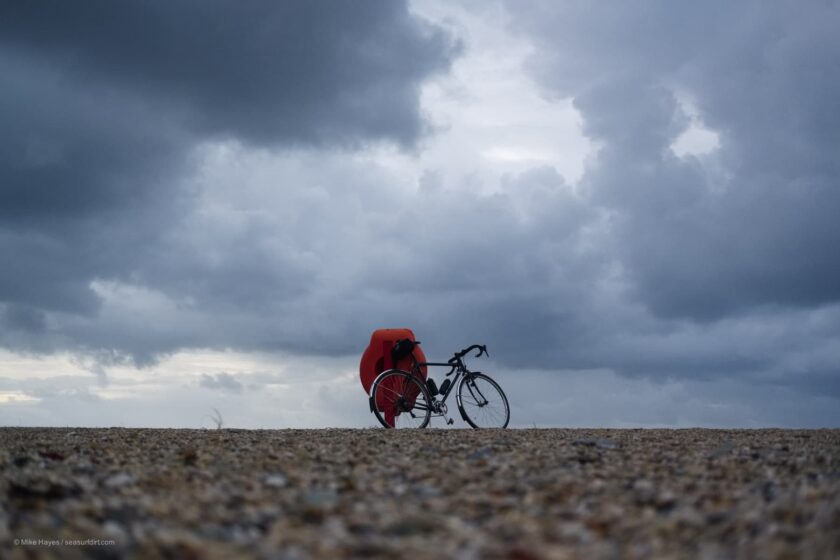
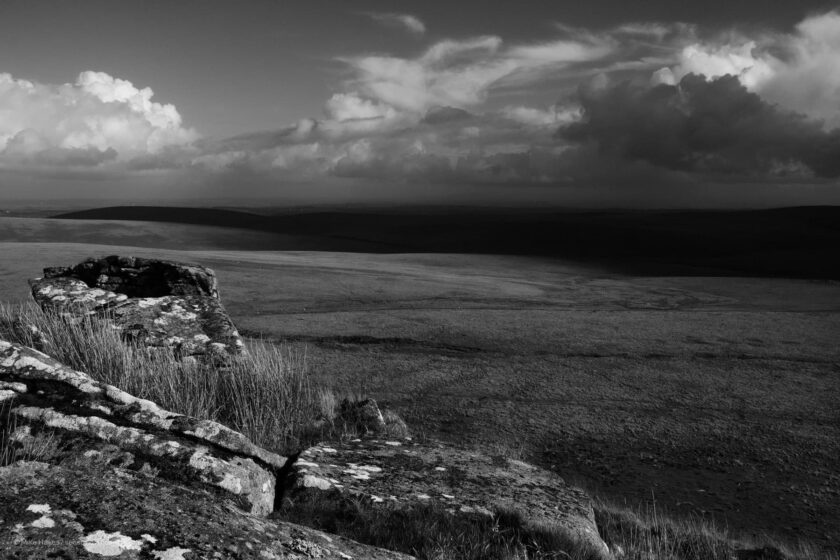
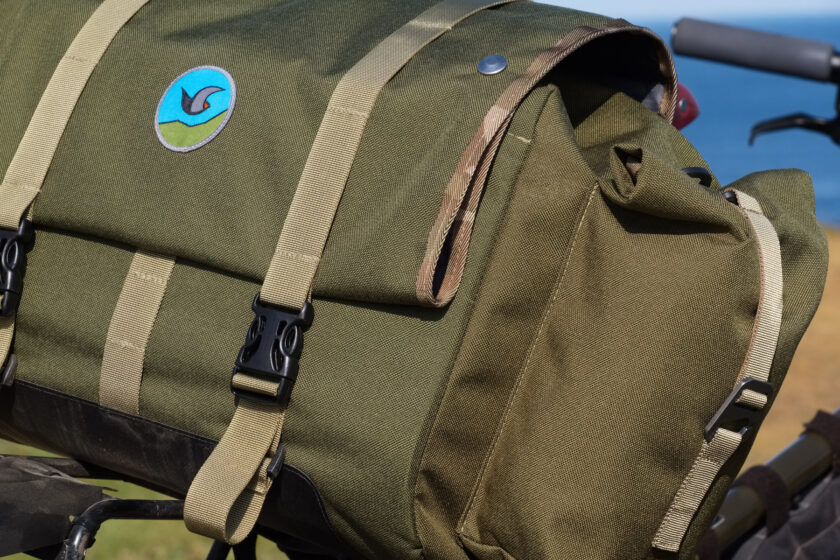
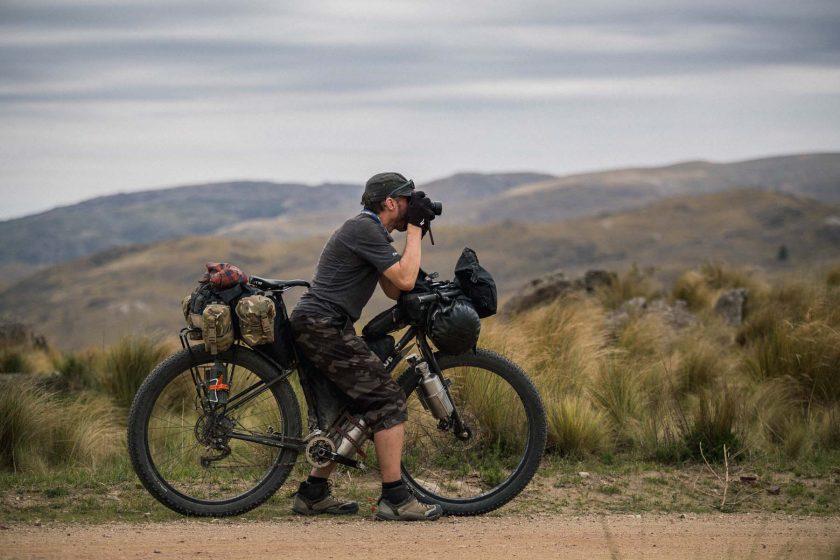
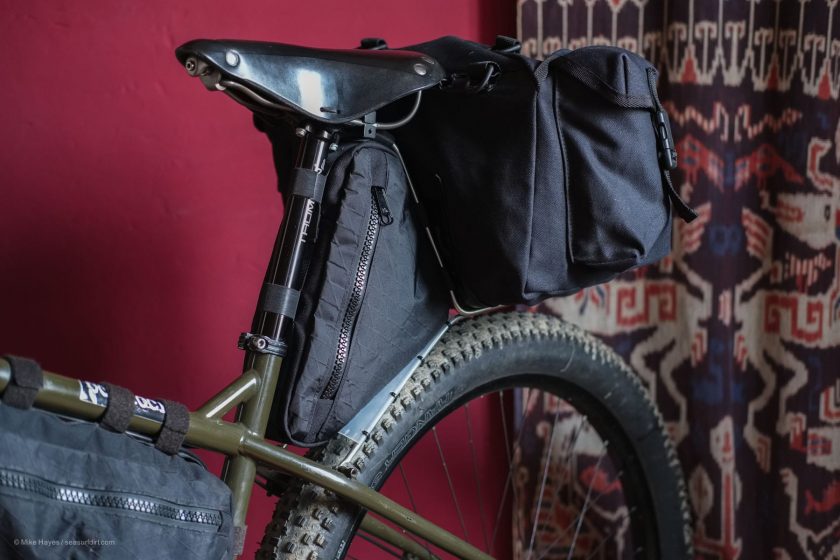
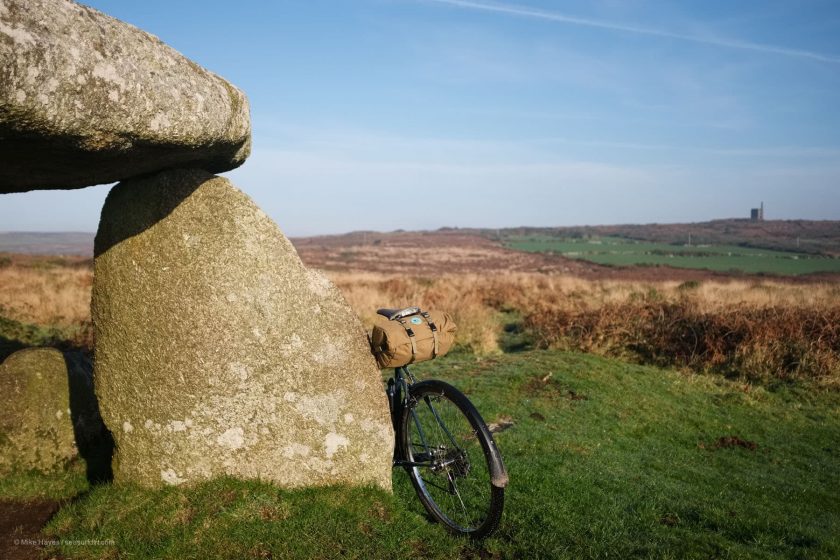
Thank you for writing this . I loved the peace about the crosscheck, I have one and it switches from geared to single speed . I ride mostly single speed , I did try fixed a few times but just couldn’t get into my head I had to keep pedalling . I love the simplicity of fixed and SS bikes . Like yourself very disinterested in the cycle industry. I loved surly in the early days but they have sold out to the accountants.
Hi Clair, thanks for taking the time to write, I love to hear about the experiences of others like this. I’m also happy to hear my idle ramblings have found some common interest :-)
Happy trails!
It was a good read and nice to know , there are people who think the same . I have always cycled and still think it’s the best way to travel and should be the cheapest !!
for sure! the low cost (mostly.. ;-) aspect of a fixed of SS bike is especially useful, with the opportunity for re-using old parts and finding bargains on eBay it’s ideal, especially for someone like me who just loves fiddling with bicycles…!
Hi Mike,
I have been following your blog for a while – returning especially to the one with the cross check, as well as the big bro.
I am turning 32 this year, but have found myself falling out of interest with the progression of the bike industry and wanting to reduce my level consumerism. So I’m looking to modify the frames that I already own to better fit my needs and getting out to ride more often.
Lovely bit of writing this. Thank you!
Hey Mikkel, it’s lovely to hear from you, thanks for taking the time, and for the kind words. You’re about the age I was when I started fiddling with a fixed wheel, perhaps the time is ripe for you :-)
A truly stimulating and insightful text at the core of what cycling really is about, much appreciated!
Hi Magnus, I’m glad you found my ramblings worthwhile :-), and cheers for the super feedback!
Hi mate, have not the time to read the whole story now, but I have to say that Brothers Cycle Allay might be the most beautiful bike I have ever lay eyes on.
Will pop back later to catch the whole story.
Cheers.
Steve.
haha, cheers. It is a pretty bike, Brother nailed it with that frame design.. steep angles, flat crown fork with just the right amount of curve, level top tube and skinny tubes…